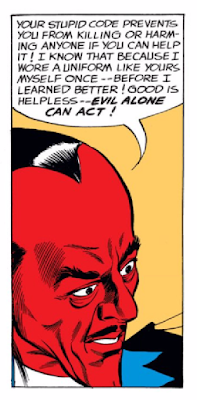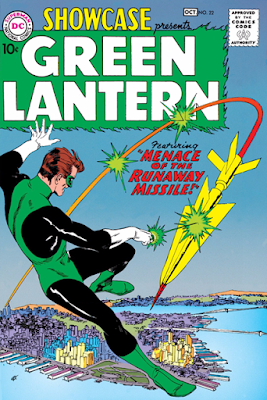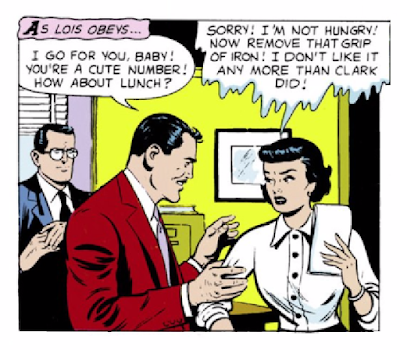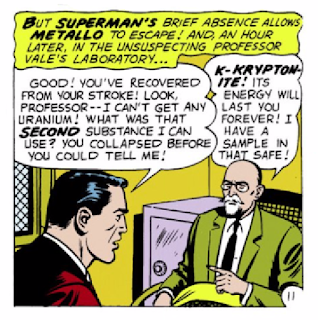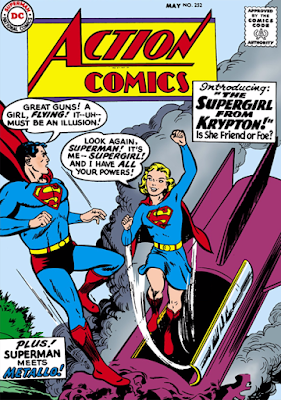Tuesday, June 21, 2016
During my hiatus...
Labels:
election 2016,
Hulk,
humor,
trump
Monday, June 13, 2016
BSOD (sniff sniff)
So, I've run into a bit of a problem with my computer...
It up and died on me. Most horribly, it took all my good work down with it.
A complete loss. All my files, trapped in a brick with no recovering them because the hard drive is toast.
(I just thought I was having a problem with my mouse. Who knew?)
Anyway, it may be a while before I can return to my regularly scheduled programming as I have two months of work to restore (my small batch of backed up files were last saved in March). (Hopefully it won't take as long the second time through...)
 I will try to get back at it soon. In the meanwhile, may my silence function as prayer for all those who have lost someone to gun violence.
I will try to get back at it soon. In the meanwhile, may my silence function as prayer for all those who have lost someone to gun violence.
It up and died on me. Most horribly, it took all my good work down with it.
A complete loss. All my files, trapped in a brick with no recovering them because the hard drive is toast.
(I just thought I was having a problem with my mouse. Who knew?)
Anyway, it may be a while before I can return to my regularly scheduled programming as I have two months of work to restore (my small batch of backed up files were last saved in March). (Hopefully it won't take as long the second time through...)
Labels:
bsod,
orlando,
sandy hook,
vox.com
Friday, June 10, 2016
Showcase #22 + Green Lantern #1 & #7: -isms Abound
Check out the Editor's Note (as it says it all):

While the characterizations in comics from the early 1960's have a tad more complexity to them, the sexism and racism are still pretty dang blatant.
In Green Lantern #7, the reduction of a powerful woman to just a "romantic interest" actually happens in the editor's own voice -- "nominally." NOMINALLY?!? She is "in sole charge" of the company, but she's Jordan's boss "in name only"?!
Her "real" purpose is "actually"-- no, no, is "mainly" -- to be his "romantic interest." UGH.
And, unfortunately, this sexism is present from Hal Jordan's very first appearance in Showcase #22, which features the Silver Age Green Lantern in all three of its stories.
At the end of the second story in this issue, Carol Ferris' father decides to take two years off work, leaving Carol in charge of the company. The confidence he expresses in her business abilities is affirming (unfortunately, he prefaces this confidence with an admission of wanting a male child so "he" could assume the reigns of the company).
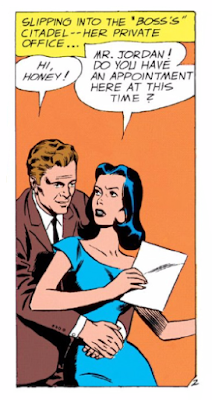 As a result of this promotion, Carol makes it clear to Hal that their relationship has to be strictly business from there on out. Unfortunately (again), that clear boundary marker does not stop Hal from making an aggressive come-on in the final story of this issue.
As a result of this promotion, Carol makes it clear to Hal that their relationship has to be strictly business from there on out. Unfortunately (again), that clear boundary marker does not stop Hal from making an aggressive come-on in the final story of this issue.
Approaching her from behind in her office, Hal calls her "honey" and wraps his arms around her. In the next panel, he is depicted as pinning her between his arms up against the filing cabinets saying, "You want to keep your employees happy, don't you?" The implications are clear.
Sexual harassment suit, anyone?
In addition to this ucky sexism, I learned that Hal Jordan has his own side-kick, an Eskimo mechanic, named Thomas Kalmaku. The unfortunate part here is that Tom's nickname (used abundantly throughout these early issues) is "Pieface."
You can read about the controversy over this racial epithet here.
 Surprising Details:
Surprising Details:
I also learned that Hal Jordan's power ring really functioned more like Aladdin's Lamp back in the day. My impression of the ring's power, as depicted in modern tales, is a green ray that the wearer can transform into whatever the holder can imagine.
But, apparently, Hal could make his clothes travel invisibly to his destination or turn Tom into a bird (through his subconscious will expressed in a dream) with his power ring back in the 1960's.
Final Notions:
The introduction of Sinestro, Green Lantern's arch-nemesis, in Green Lantern #7 includes the first truly interesting diatribe on the nature of good and evil that I have encountered in these early comics.
While resolved relatively quickly with the power of good being reaffirmed at the end of the tale, Sinestro positing that "good" has limitations evil does not have is provocative and demonstrates the medium's capacity to ask the really interesting questions about what it means to be human.

While the characterizations in comics from the early 1960's have a tad more complexity to them, the sexism and racism are still pretty dang blatant.
In Green Lantern #7, the reduction of a powerful woman to just a "romantic interest" actually happens in the editor's own voice -- "nominally." NOMINALLY?!? She is "in sole charge" of the company, but she's Jordan's boss "in name only"?!
Her "real" purpose is "actually"-- no, no, is "mainly" -- to be his "romantic interest." UGH.
And, unfortunately, this sexism is present from Hal Jordan's very first appearance in Showcase #22, which features the Silver Age Green Lantern in all three of its stories.
 As a result of this promotion, Carol makes it clear to Hal that their relationship has to be strictly business from there on out. Unfortunately (again), that clear boundary marker does not stop Hal from making an aggressive come-on in the final story of this issue.
As a result of this promotion, Carol makes it clear to Hal that their relationship has to be strictly business from there on out. Unfortunately (again), that clear boundary marker does not stop Hal from making an aggressive come-on in the final story of this issue.Approaching her from behind in her office, Hal calls her "honey" and wraps his arms around her. In the next panel, he is depicted as pinning her between his arms up against the filing cabinets saying, "You want to keep your employees happy, don't you?" The implications are clear.
Sexual harassment suit, anyone?
In addition to this ucky sexism, I learned that Hal Jordan has his own side-kick, an Eskimo mechanic, named Thomas Kalmaku. The unfortunate part here is that Tom's nickname (used abundantly throughout these early issues) is "Pieface."
You can read about the controversy over this racial epithet here.
 Surprising Details:
Surprising Details:I also learned that Hal Jordan's power ring really functioned more like Aladdin's Lamp back in the day. My impression of the ring's power, as depicted in modern tales, is a green ray that the wearer can transform into whatever the holder can imagine.
But, apparently, Hal could make his clothes travel invisibly to his destination or turn Tom into a bird (through his subconscious will expressed in a dream) with his power ring back in the 1960's.
Final Notions:
The introduction of Sinestro, Green Lantern's arch-nemesis, in Green Lantern #7 includes the first truly interesting diatribe on the nature of good and evil that I have encountered in these early comics.
While resolved relatively quickly with the power of good being reaffirmed at the end of the tale, Sinestro positing that "good" has limitations evil does not have is provocative and demonstrates the medium's capacity to ask the really interesting questions about what it means to be human.
Series: Showcase
(1956)
Issue #: 022
Copyright: DC Comics
Cover Date: October 1959
Cover Price: 10¢
Page Count: 28 pages
Print Release: 19-August-1959
Digital Release: 28-May-2011
|
Writers:
|
|
|
|
Penciler:
|
||
|
Inker:
|
||
|
Colorist:
|
None Listed
|
|
|
Cover Art:
|
||
|
Source Links:
|
||
|
Story Titles:
|
“S.O.S. Green
Lantern!”; "Secret of the Flaming Spear”; “Menace of the Runaway Missal”
|
|
Series: Green
Lantern (1960)
Issue #: 001
Copyright: DC Comics
Cover Date: August 1960
Cover Price: 10¢
Page Count: 26 pages
Print Release: 22-June-1960
Digital Release: 15-June-2011
Writers:
|
|
|
Penciler:
|
||
Inker:
|
||
Colorist:
|
None Listed
|
|
Cover Art:
|
||
Source Links:
|
||
Story Titles:
|
“The Planet of
Doomed Men”; “Menace of the Giant Puppet!”
|
|
Series: Green
Lantern (1960)
Issue #: 007
Copyright: DC Comics
Cover Date: August 1961
Cover Price: 10¢
Page Count: 28 pages
Print Release: 28-June-1961
Digital Release: 28-May-2011
Writers:
|
|
|
Penciler:
|
||
Inker:
|
||
Colorist:
|
||
Cover Art:
|
||
Source Links:
|
||
Story Titles:
|
“The Day
100,000 People Vanished!”; “Wings of Destiny!”
|
|
Wednesday, June 8, 2016
Action Comics #252: Logic Mishaps
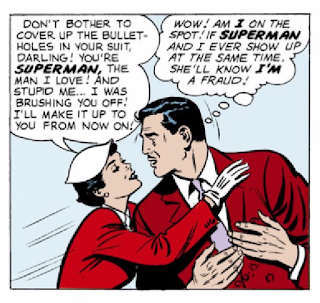 |
| Ugh, Lois. No. Just, no. |
To generalize (perhaps far too much given the random and slight sampling), one of the key features about these classic issues that is driving me absolutely bonkers is what I'll call the "stumbling plot plugs."
I'll illustrate this malady by focusing on Action Comics #252's story, "The Menace of Metallo!" However, this is not to suggest that Robert Bernstein (writer) & Al Plastino (artist) are particularly egregious purveyors of this problem. These stumbling plot plugs can be found dang near everywhere in these early comics.
Most Amusing Panel Prize:
To make it clear that Lois starts out a bit "icy" towards John Corben (aka Metallo) with his sexist come on ("I go for you, Baby"), her dialogue balloon drips blue. (I love it when Lois tells off the creeps.)
Plot Plug 1:
My theory is that "plot plugs" come into play when the creators have a cool idea (let's make a human robot powered by Superman's greatest weakness: Kryptonite (and we shall call him Metallo)), and then they concoct a story around that idea.
Unfortunately from there, it seems, the plot is haphazardly stitched together as the panels go along (instead of mapping out plot points in advance), leaving sometimes huge logic gaps in their wake.
Plot plugs are then necessary between panels in an attempt to fill in the logic gaps created (often with little success). The creators have a character summarize in their dialogue what has happened "off-stage" to address these logic problems.
For example, when Metallo raids nuclear sites in order to obtain the uranium he needs to stay alive, he is described as a Man of Steel who has the strength of Superman.
So, when the TV news reports on these raids, how do they know that Superman is not, in fact, responsible for these crimes (especially since Metallo is not depicted as being caught in the act/observed committing them)?
Well, "lab tests" prove that no "human" could have committed these crimes. (What tests those could be boggles the mind, and Superman is not "human," so he still could be a suspect.)
But wait, there's more. These tests actually prove that ONLY a "robot" made of "pure metal" could have committed these crimes. Oh. I see...
Plot Plug 2:
Later, when Corben/Metallo is thwarted in obtaining the uranium he needs, he returns to Professor Vale's lab. The Professor Vale whom Corben had callously left on the floor to die after an avalanche caused Vale to have a stroke. The Professor Vale who had saved Corben by putting him in the metallic shell to begin with.
Corben: "Good! You've recovered from your stroke!... What was that second substance I can use? You collapsed before you could tell me!"
Did they just change their minds about killing Professor Vale off? Was he always intended to recover from his stroke so he could finally share this vital information with Corben? (And, why would Vale help the man who had left him for dead?)
Plot Plug 3:
Towards the end of the story, the creators clearly need Lois to discover that Metallo is faking being Superman, but because they are running out of panel room (?), they have Metallo's Superman costume rip on Lois' doorknob (?) revealing his metallic body to her.
The sudden contrivance is amusing, but holy heck, a doorknob?
Final Notions:
Essentially, the "plot plug" is just a modern spin-off of deus ex machina (which can be found throughout classic literature). Nonetheless, it bugs me.
Which parts of the story should be depicted in the art panels and how much should be conveyed by words (in dialogue/thought balloons and narrative boxes)? I hadn't realized how sophisticated and important these story-telling choices can be.
I find I have little enjoyment of comics that do not incorporate the elements of good story-telling (pacing, characterization, logical structure) to convey their creators' very cool ideas, but I am beginning to appreciate just how hard a task it is to craft a good comic.
The Comics Read But Left Behind:
Issue #: 071
Copyright: DC Comics
Cover Date: July-August 1954
Cover Price: 10¢
Page Count: 28 pages
Print Release: 26-May-1954
Digital Release: 18-February-2016
Writer:
|
||
Penciler:
|
||
Inker:
|
||
Colorist:
|
None Listed
|
|
Cover Art:
|
||
Source Links:
|
||
Story Title:
|
||
Writer:
|
|
Penciler:
|
|
Inker:
|
|
Colorist:
|
None Listed
|
Story Title:
|
Green Arrow:
“The Invisible Death”
|
Writer:
|
|
Penciler:
|
|
Inker:
|
|
Colorist:
|
None Listed
|
Story Title:
|
Tomahawk: “Feathered
Fighters for Freedom!”
|
Series: Showcase
(1956)
Issue #: 004
Copyright: DC Comics
Cover Date: October 1956
Cover Price: 10¢
Page Count: 24 pages
Print Release: 22-August-1956
Digital Release: 13-August-2011
|
Writers:
|
|
|
|
Penciler:
|
||
|
Inker:
|
||
|
Colorist:
|
None Listed
|
|
|
Cover Art:
|
||
|
Source Links:
|
comiXology / Comic Vine / Wikipedia | |
|
Story Titles:
|
“Mystery of the
Human Thunderbolt!”; "The Man Who Broke the Time Barrier!”
|
|
Series: Adventure
Comics (1938)
Issue #: 247
Copyright: DC Comics
Cover Date: April 1958
Cover Price: 10¢
Page Count: 25 pages
Print Release: 19-February-1958
Digital Release: 24-March-2012
|
Writer:
|
|
|
|
Penciler:
|
||
|
Inker:
|
||
|
Colorist:
|
None Listed
|
|
|
Cover Art:
|
||
|
Source Links:
|
||
|
Story Title:
|
Superboy: “The
Legion of Super-Heroes”
|
|
Writer:
|
|
Penciler:
|
|
Inker:
|
|
Colorist:
|
None Listed
|
Story Title:
|
Green Arrow: “The
13 Superstition Arrows”
|
Writer:
|
|
Penciler:
|
|
Inker:
|
|
Colorist:
|
None Listed
|
Story Title:
|
Aquaman: “Aquaman’s
Super Sea-Squad”
|
The Comic Covered Here:
Issue #: 252
Copyright: DC Comics
Cover Date: May 1959
Cover Price: 10¢
Page Count: 28 pages
Print Release: 18-March-1959
Digital Release: 30-July-2011
Writer:
|
|
|
Penciler:
|
||
Inker:
|
||
Colorist:
|
None Listed
|
|
Cover Art:
|
||
Source Links:
|
||
Story Title:
|
||
Writer:
|
|
Penciler:
|
|
Inker:
|
|
Colorist:
|
None Listed
|
Story Title:
|
“Congo Bill
Dies at Dawn!”
|
Writer:
|
|
Penciler:
|
|
Inker:
|
|
Colorist:
|
None Listed
|
Story Title:
|
Subscribe to:
Posts (Atom)
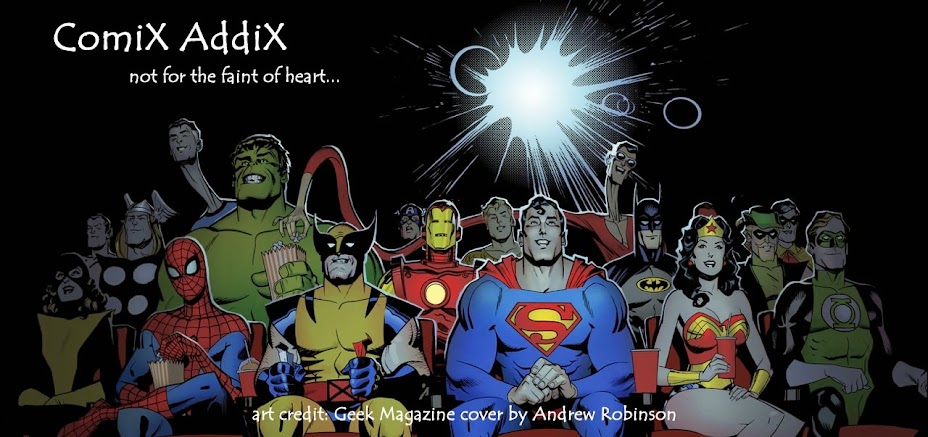



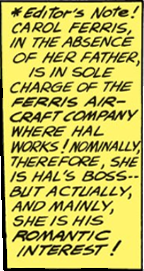
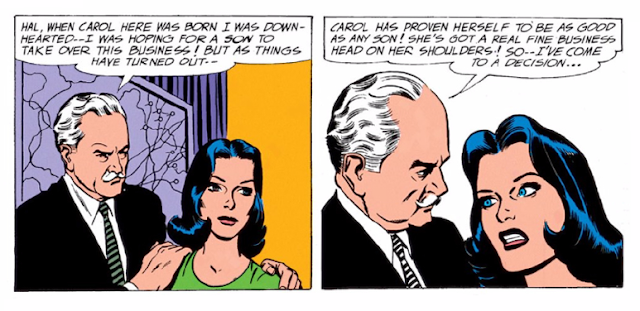
![Showcase (1956) #22 Page 18 Panel 1: Failing to take the "hint," Hal pins Carol against the filing cabinets and suggest she "keep [her] employees happy." Hyuk, hyuk. Showcase (1956) #22 Page 18 Panel 1: Failing to take the "hint," Hal pins Carol against the filing cabinets and suggest she "keep [her] employees happy." Hyuk, hyuk.](https://4.bp.blogspot.com/-9dqMzAy5dJM/V1XJZYAmEMI/AAAAAAAAFX4/T5HNExTCzIo_U0otOOnr1T9dUz3EWZFXACKgB/s640/gl%2B18x1%2Bsexharrasssm%2Bshow22.png)
